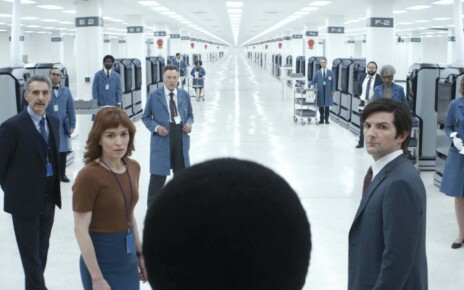[ad_1]
Remotely operated one-armed boxing robots, inspired by the 2011 movie Real Steel, can respond to a person’s movements in as little as one hundredth of a second.
“Taking inspiration from the film and incentivised by the entertainment value, we decided to see if we can realise the concept of real life fighting robots,” says Yining Geng at the Qibo Robot Company in Weihai, China, which created the robots, dubbed QIBBOTs.
Turning the movie’s premise into reality required robots that can operate faster than anything previously seen. Remotely operated robots are already used for applications including surgery and seabed exploration, but all have a time-lag or latency, typically 100 milliseconds. This doesn’t interfere with the careful, deliberate movements of surgery or remote sample collection, but it does impair the experience of a fast-moving fighting game.
Humans are sensitive to a latency of as little as 10 to 20 milliseconds, which set the requirement for QIBBOT. The team hit this goal with two innovations. One was improving the physical speed of the robot by optimising the mechanical structure of its arm. The other was using software to anticipate the operator’s commands and counteract latency.
Geng says these tweaks make QIBBOT the world’s fastest remotely operated robot with a latency of just 12 milliseconds. One limitation is that the setup is based on a virtual reality rig that tracks the operator’s movements. This is easy and natural to use, but adds 4 milliseconds of latency that the team cannot change.
The team is already working on a follow-up robot with two arms, with more joints in each arm and which moves more smoothly. The initial application will be the robot fighting game, but their low latency design may also find commercial and industrial uses in situations where quick reactions are needed.
Topics:
[ad_2]
Source link




